Many people hail Vietnam as a foodie paradise, yet there are significant issues with the way we market our cuisine.
First, regardless of how odd the food may taste to our visitors, we frequently introduce outsiders to the foods we enjoy.
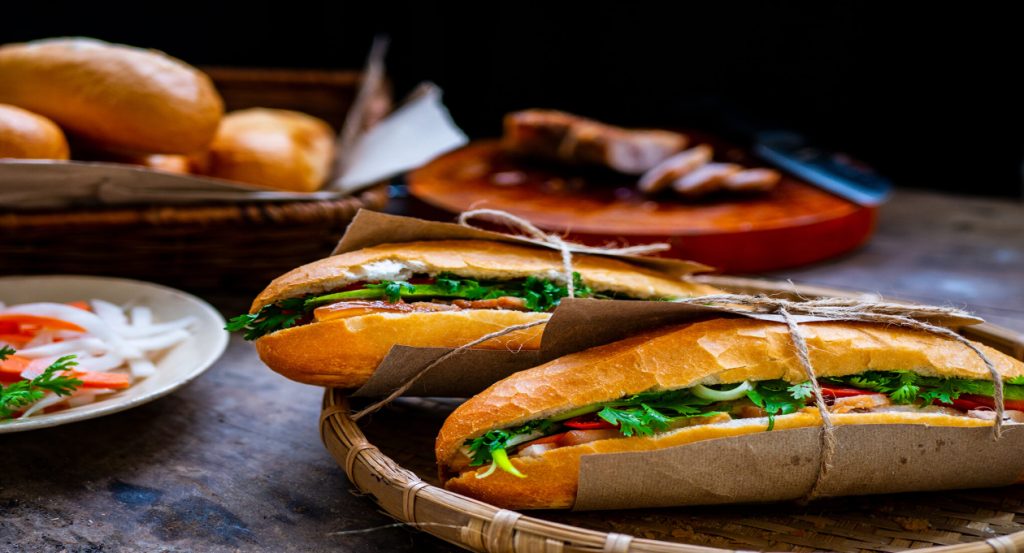
My Vietnamese coworkers often chose the meals they enjoy, such as duck embryos or pig and beef served with fermented sauce, when I brought coworkers from Europe, Japan, Singapore, and the U.S. to lunch.
After such meals, my international friends frequently come to the conclusion that Vietnamese food is excessively heavy and not to their taste. After that, they become less interested in tasting other Vietnamese cuisine and instead favor picking a buffet restaurant when we go out so they may have a variety of options.
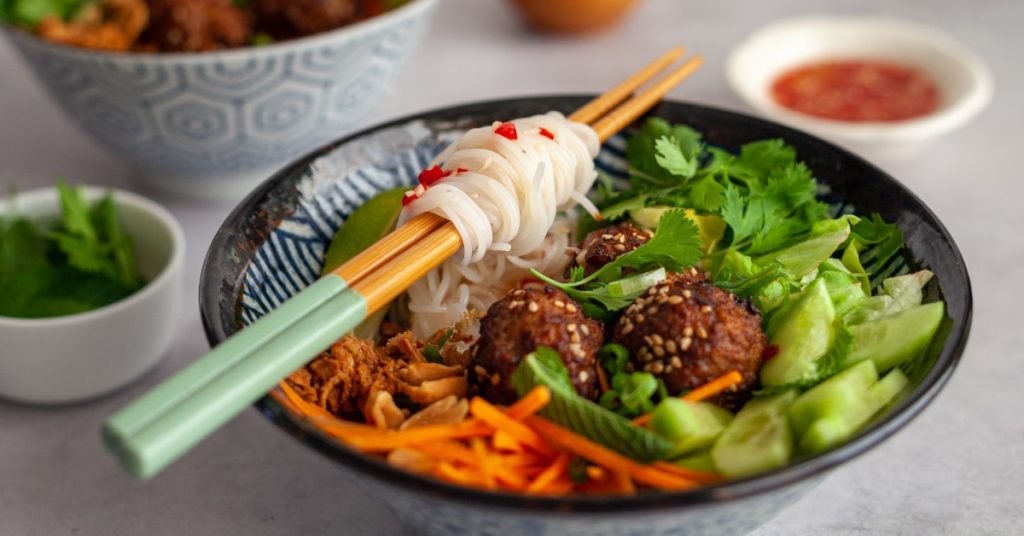
The second issue is the poor quality of the meals we offer in hotels.
When visiting a foreign nation, the majority of visitors check into their hotel first and eat at least one meal there. Because Vietnamese pho is so well-known, many foreign visitors that I am aware of have tried it after checking into the hotels here.
However, it is a sad fact that most hotels offer lousy pho. Seasonings and synthetic scent are essentially what make up the broth. Even my international guests, who are not Vietnamese, are unable to finish it. Once I had to tell them that they should sample the really superb pho at long-standing eateries outside the hotels. They grinned grudgingly and said they’d give it another shot.
The way we serve the food is the third issue with our food promotion.
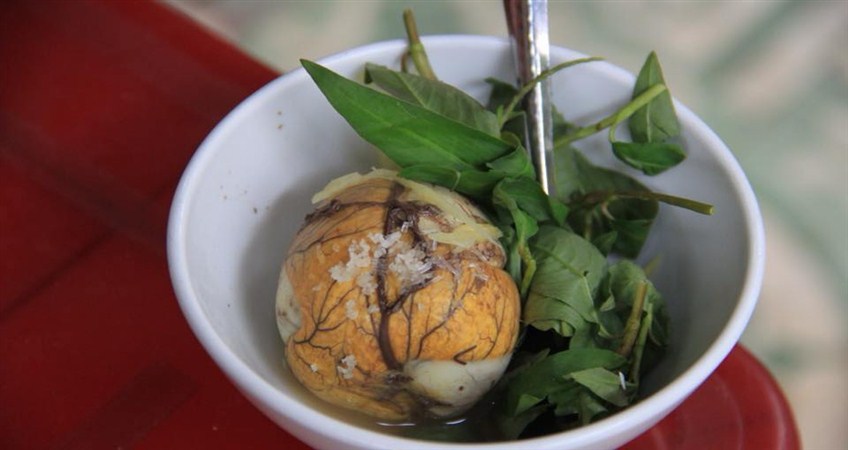
Although the food in hotels can be subpar, it is always served with a clean environment and courteous staff, which cannot always be said for many restaurants outside.
I once took some of my foreign visitors to a well-known pho restaurant in the heart of Hanoi. The waiter unintentionally dipped his finger into the soup while carrying the bowls over.
The soup was still consumed by my visitors, but I don’t think they felt wonderful afterwards. The diners, particularly the foreign ones, would feel more at ease if the servers wear gloves.
Another time, I brought my niece, who was born and raised abroad, to a 50-year-old steamed rice roll restaurant in Hanoi because I wanted to introduce her to a dish that has become so synonymous with the city. When we got there, the floor was covered in abandoned veggies and dirty tissues. My niece scowled at what she referred to as being “unhygienic.”
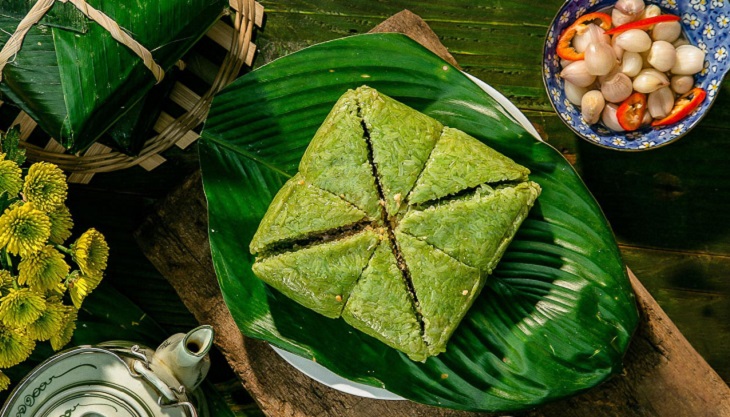
I didn’t see anything wrong with that scene because I’m Vietnamese, but a Westerner could regard it as a serious breach of food safety.
Foreigners may be put off by several Vietnamese dining customs.
We frequently use the same chopsticks we use for ourselves to pick up food for others at the same table out of altruism.
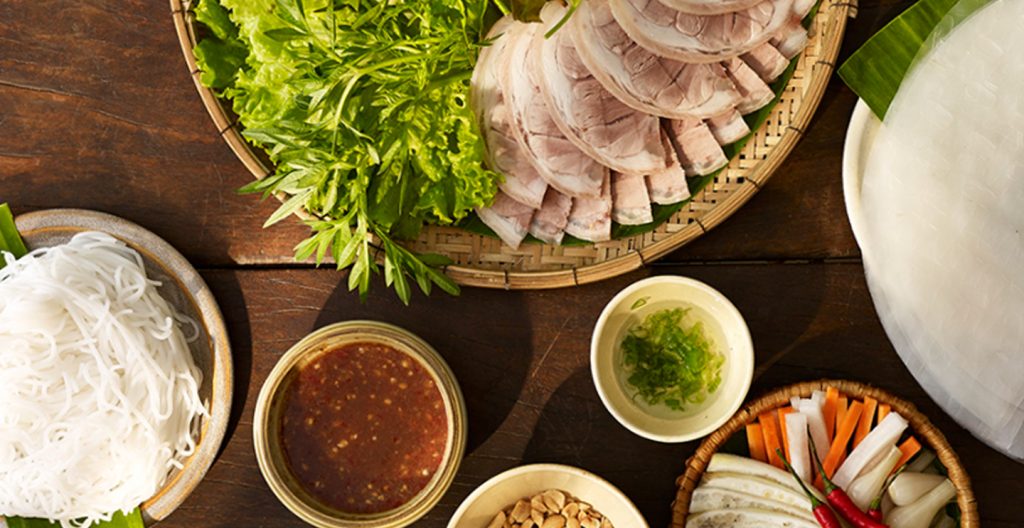
Most foreigners and some Vietnamese are uncomfortable with this because they worry about possible illness transmission.
So, to sum up, if we want to introduce beautiful Vietnamese food to foreigners, start with dishes that are simple to eat rather than those with fermented sauce, such pho, banh mi, and spring rolls. Then, we ought to serve them in a respectful and hygienic manner.





